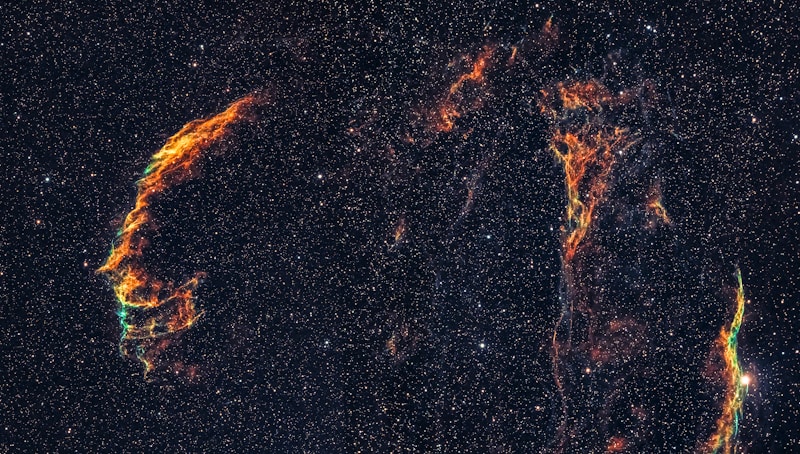Podcast Beta
Questions and Answers
What does Newton's First Law of Motion state?
Which of the following is a form of energy?
What particles make up the structure of an atom?
Which type of chemical reaction is represented by the equation A + B → AB?
Signup and view all the answers
What is the basic unit of life?
Signup and view all the answers
Which of the following processes converts sunlight into chemical energy?
Signup and view all the answers
What are the stages of the water cycle?
Signup and view all the answers
Which of the following factors does NOT affect the weather?
Signup and view all the answers
Study Notes
Physics
-
Force and Motion
- Newton's Laws of Motion:
- An object at rest stays at rest; an object in motion remains in motion unless acted upon by a force (Inertia).
- F = ma (Force equals mass times acceleration).
- For every action, there is an equal and opposite reaction.
- Types of Forces:
- Gravitational, frictional, tension, normal, and applied forces.
- Newton's Laws of Motion:
-
Energy
- Forms of Energy: Kinetic, potential, thermal, chemical, electrical, nuclear.
- Law of Conservation of Energy: Energy cannot be created or destroyed, only transformed.
Chemistry
-
Atoms and Elements
- Structure of an Atom: Protons, neutrons, and electrons.
- Periodic Table: Organized by atomic number; groups and periods indicate similar properties.
-
Chemical Reactions
- Types of Reactions:
- Synthesis, decomposition, single replacement, double replacement, combustion.
- Indicators of a Chemical Reaction: Color change, temperature change, gas production, formation of precipitate.
- Types of Reactions:
Biology
-
Cell Structure and Function
- Basic Unit of Life: The cell.
- Types of Cells:
- Prokaryotic (no nucleus) and Eukaryotic (with nucleus).
- Cell Organelles:
- Nucleus, mitochondria, ribosomes, endoplasmic reticulum, and cell membrane.
-
Photosynthesis and Respiration
- Photosynthesis: Process by which plants convert sunlight into chemical energy (glucose).
- Equation: CO2 + H2O + light energy → C6H12O6 + O2.
- Cellular Respiration: Process of breaking down glucose for energy.
- Equation: C6H12O6 + O2 → CO2 + H2O + ATP (energy).
- Photosynthesis: Process by which plants convert sunlight into chemical energy (glucose).
Earth Science
-
The Earth and Solar System
- Structure of the Earth: Crust, mantle, outer core, inner core.
- Types of Rocks: Igneous, sedimentary, metamorphic.
- The Water Cycle: Evaporation, condensation, precipitation, and collection.
-
Weather and Climate
- Factors Affecting Weather: Temperature, humidity, precipitation, wind.
- Climate Zones: Tropical, dry, temperate, polar, continental.
General Scientific Skills
-
Scientific Method
- Steps: Observation, hypothesis, experimentation, data collection, conclusion.
- Importance of control and variables in experiments.
-
Data Interpretation
- Graphs: Bar, line, and pie charts for representing data.
- Understanding units of measurement: SI units (meters, kilograms, seconds).
Studying That Suits You
Use AI to generate personalized quizzes and flashcards to suit your learning preferences.
Description
Test your knowledge on the fundamental concepts of physics and chemistry, including Newton's laws of motion, various types of forces, and the structure of atoms. This quiz covers key principles such as energy forms and chemical reactions, making it perfect for students eager to reinforce their understanding of these critical scientific disciplines.




